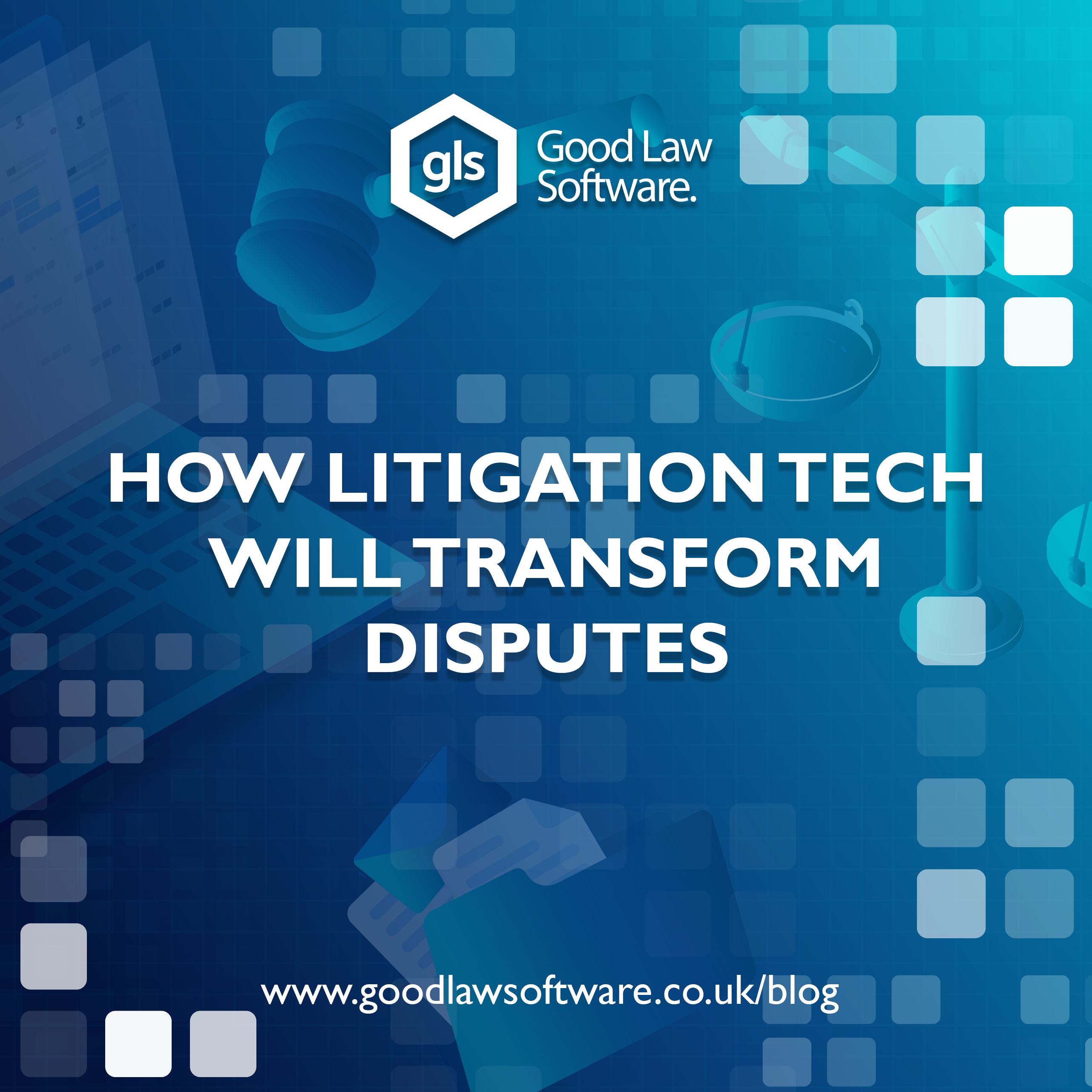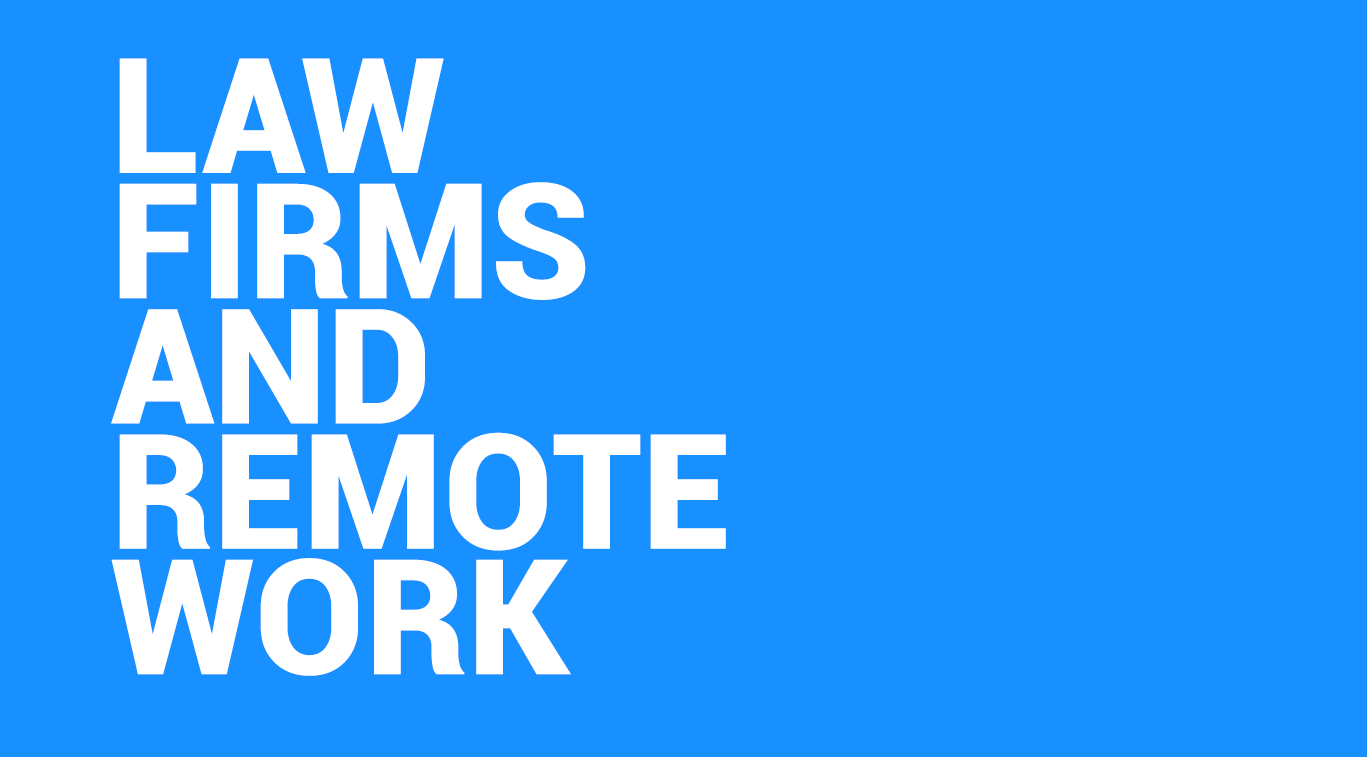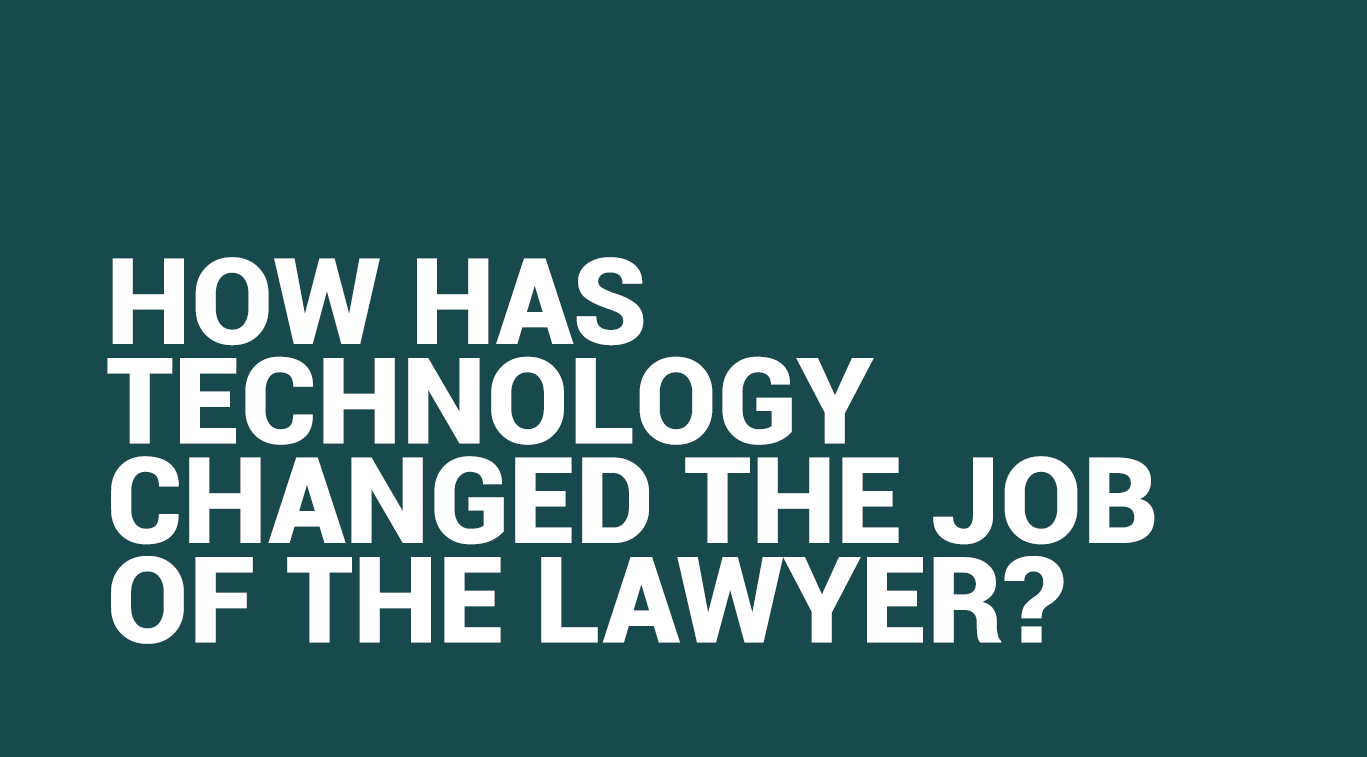How Litigation Tech Will Transform Disputes

Written by Joshua Fraser
Blogger

Whenever proponents of legal technology discuss how the field might alter the practice of law, one particular enclave of lawyers invariably resists any notion that their speciality might be influenced in any significant way by legal tech.
This group is that of litigators and, more broadly, dispute resolution lawyers as a whole. One perceived and somewhat true conviction of lawyers who specialise in litigation is that the sub-discipline is inherently different to other non-contentious areas of law, such as mergers & acquisitions, finance law or conveyancing.
This belief is rooted in the idea that, unlike non-contentious specialties, dispute resolution requires creative, dynamic and highly competent lawyers who are capable of employing variegated tactics and strategies in their approach to disputes, not to mention an aptitude for persuasive advocacy.[i]
The practical necessities and skill sets required for contentious law are often placed in contrast to the skills present in non-contentious areas of the law. This is not to say that litigators are a cut above other practicing lawyers, or are inherently better in any way. Rather it’s to say that dispute resolution requires a ‘human element’ that is dynamic in its nature and, consequently, cannot be systematised.
Conversely, legal work on transactions, as an example, can be considered to be constituted by pattern heavy tasks that, other than the specifics of their deliverables, do not alter in terms of required actions. This pattern-dense nature generates a great potential for machine learning to take over a number of tasks and reduce the amount of lawyers and time required to complete non-contentious work.
In the face of this often proposed dichotomy, many litigators are resistant to considering, let alone embracing, the advances legal tech has to offer for their particular area of law. However, breaking down litigation into its core components, we are presented with a corpus that, contrary to staunchly held belief, has elements which can be not only facilitated by legal technology, but also enhanced by it. Forward thinking legal engineers have spied this potential and a corresponding sub-sector of legal technology, often referred to as ‘litigation tech’, has sprung into existence – in order to improve the way in which firms and chambers approach dispute resolution.
Broadly speaking, litigation can be dissected into the following nine integrants:
1. Document Review
2. Legal Research
3. Project Management
4. Litigation Support
5. Disclosure
6. Litigation Strategy
7. Dispute tactics
8. Negotiation
9. Advocacy (if necessary)
Current analysis[ii] suggests that contemporary and near-contemporary legal tech has the capability to greatly lessen the burden of certain stages in litigation, such as document review. Indeed, the second step of litigation, legal research, is already greatly digitised. Where previously review of relevant case law and-when apposite, statutes- was once conducted by lawyers labouring over printed and published case reports, a costly, space-consuming and slow to update medium, they are now overwhelmingly electronically stored and easily accessed.
Starting in the 1970s, with dial-up case law terminals,[iii] legal research began to digitise, with an overwhelming number of firms subscribing to computerised legal databases, such as the two titans LexisNexis and Westlaw. These digital databases have already dispensed with many of the traditional challenges lawyers faced when conducting legal research, cutting the man hours required in each dispute.
This kind of electronic migration is poised to occur for a number of the other phases in the disputes process outlined above. As aforementioned, foremost of these is document automation. This disruptive legal technology has the potential to save litigators a great deal of time, as documents which used to take many hours to craft can now be generated in minutes. A good example of this functionality is in GOOD LAW SOFTWARE’s document automation service, which is a sub-function of GLS’s broader Litigation Case Management Software.
The pre-built templates that can be effortlessly generated by the GLS system have aspects that can be altered at the point of creation. This means that, with names, certain details and criteria being inputted pre-document creation, a comprehensive, bespoke and easily shareable document is generated. This type of functionality is in place of junior lawyers and paralegals spending time re-creating the same documents from scratch. Crucially, this template style production reduces the likelihood of flaws, as one original and well-crafted document can serve as the antecedent to a wide variety of future documents.
Unlike most other legal tech systems, GLS’s document manager is a cloud based service, akin to Google Drive, which allows a team of litigators to work simultaneously and in real time on a project from different locations, with unlimited access regardless of what device is being used. This is especially significant in terms of preserving data integrity, as no files need be stored locally. This means that data loss and data theft cannot occur vicariously through theft of the device on which the data is stored. Thus, GLS’s cloud-based system naturally curtails the number of data breach points a firm may have.
For greater ease and utility, GLS’s document automation software also offers users a chance to auto-fill important details the document may need, without actually having to edit the document directly. Furthermore, GLS has an integrated file converter, which supports a huge variety of document types, from PDFs through to GLS’s own-brand word processing document, which does not rely on Microsoft’s Word application or subscription.
However, document generation is not the only way in which litigation tech can improve upon the dispute resolution process. The, perhaps more futuristic, analytical side of litigation tech has been lauded and treated with suspicion in equal measure. Yet, logic suggests that analytical litigation technology can supercharge the document review element of litigation at an extensive systematic level. Parties to trials and court adjudicators could use pattern recognising diagnostic software to automatically assess the facts of and, possibly, judge high-volume, low-value cases, such as supplier disputes.[iv]
Beyond the system-wide implications of automatic document review, there is also the propensity for a technological augmentation of private firms’ in-house case management. Like automatic document review, this involves a computerised breakdown of a firm’s performance. This is another area in which GLS’s system can greatly aid the litigation procedure.
Many litigators today admit that their role in the litigation process is morphing from one of traditional trial lawyering to a role more akin to legally-influenced project management.[v] Under pressure from the ‘more-or-less challenge’ and with their role becoming increasingly management oriented, many lawyers are turning to digitised case management systems. One example is GLS’s case management system, which acts as a bespoke, exhaustive and centralised control centre putting the lead partner or QC in firm control of a disputes’ progress.
GLS’s case management system is particularly innovative in terms of its data analytics, which break down the practical aspects of any given dispute, such as time spent on certain tasks and cost evaluations. This enables lead litigators to gain a bird’s eye view over their case and track its progress accordingly. Here, many of the futuristic predictions for near fully automated analytical systems appear in a nascent form, one which is bound to become more sophisticated with time and investment.
Moreover, repetitive litigation processes, such as document disclosure, in addition to the aforementioned document automation, can be streamlined through GLS’s efficient document sharing system.
Uniquely, GLS’s system allows relevant documents to be moved from one enquiry or case to another. This allows for a smooth coalescence of a client’s concerns, meaning that firms using GLS’s software can deliver a better and more efficient standard of client care, thus increasing client retention. Additionally, GLS’s case management software is internally sealed, meaning that only legal professionals assigned to a given case may access documents pertaining to it. This not only ensures a tight compliance with GDPR regulations, but also enables the maintenance of ‘Chinese Walls’ that prevent any internal information leakages between contentious parties.
Taken holistically, these various functionalities create a comprehensive litigation support package, with a constituent documentation manager, automated workflow and template manager – secured by ironclad cloud storage.
Conclusion
As a result, software like GLS’s can greatly facilitate litigation and obliterate any intrinsic inefficiencies. Ultimately, systems like these can fundamentally change litigation for the better. Admittedly, and somewhat reassuringly, there will always be a need for human judgement and communication in disputes. However, many of the strenuous administrative and repetitive tasks that were previously necessary can be outsourced to accident adverse and lightning quick automated processes, while the legal strategists who expertly steer and manage disputes under their charge can access all the tools necessary to provide a more precise, cost-efficient and tailored service to their clients.
References
[1] Susskind, Richard, Tomorrow’s Lawyers: An Introduction to Your Future, 2nd edn (Oxford: Oxford University Press, 2017).
[2] Tomorrow’s Lawyers, p.34
[3] https://www.crl.edu/collections/topics/legal-databases-comparative-analysis
[4] https://ankura.com/insights/the-future-of-litigation-technology-to-drive-innovation/
[5] Tomorrow’s Lawyers, p.35








